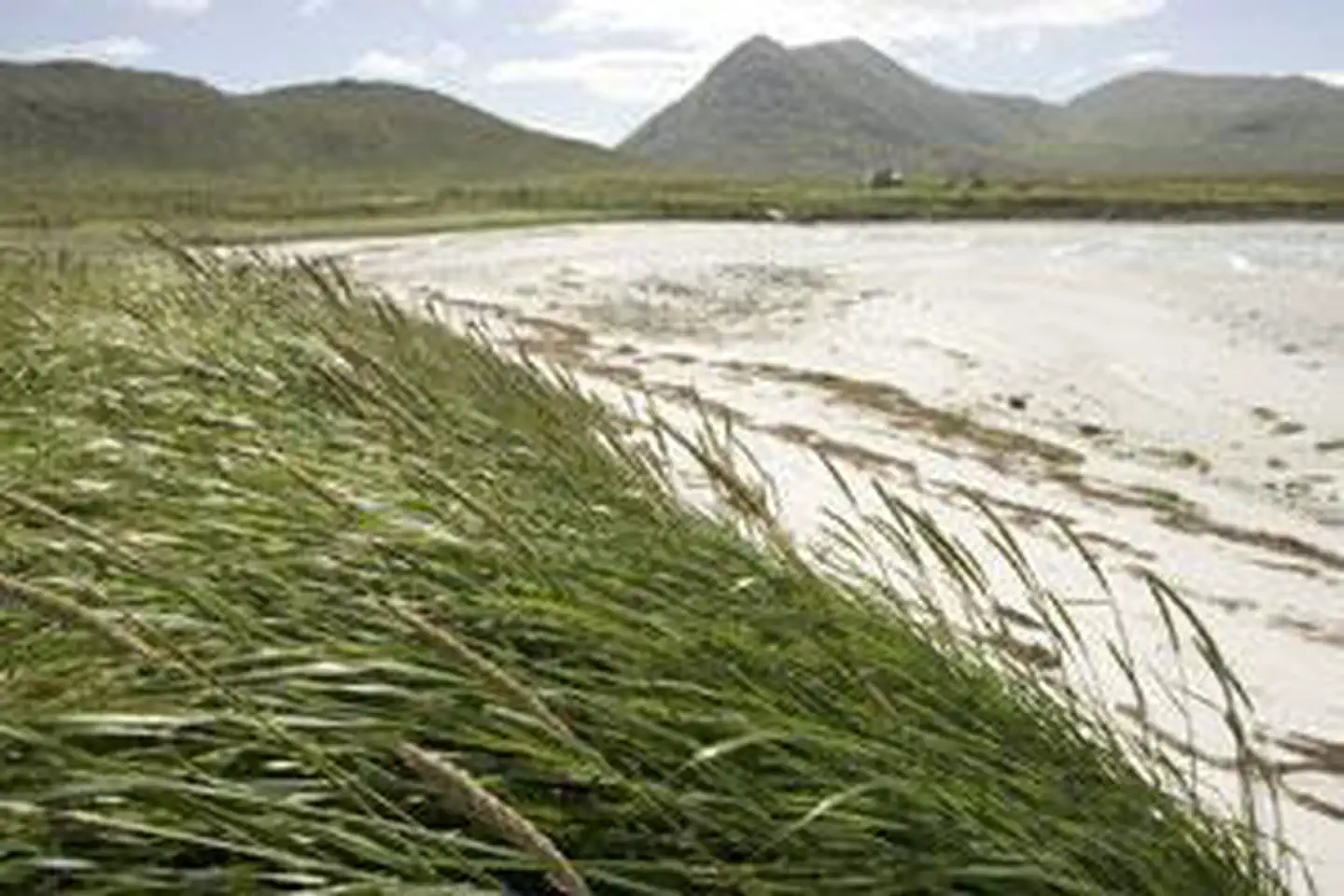Simeonof Wilderness
Overview
Simeonof Wilderness is managed by Fish and Wildlife Service and is located near Kodiak, Alaska.
The Simeonof Wilderness now contains a total of 25,855 acres and is managed by the Fish & Wildlife Service's Alaska Maritime National Wildlife Refuge. All of the Wilderness is in the state of Alaska. In 1976 the Simeonof Wilderness became part of the now over 110 million acre National Wilderness Preservation System.
One of 30 named islands in the Shumagin Group, Simeonof Island was established as a refuge for sea otters in 1958. It became a Wilderness in 1976 and a subunit of the Alaska Peninsula Unit of the Alaska Maritime National Wildlife Refuge in 1980. Refuge "lands" include the water, shoals, and kelp beds within a mile of the island where at least 17 species of whales have been identified (minke whales are the most common), but where surprisingly few sea otters still live. With shores that slope easily to the sea and wide beaches, Simeonof attracts relatively few seabirds. Three streams support salmon. Cattle and fox ranchers used the island between 1890 and 1930, but they eventually abandoned their ranches. Cattle were returned to the island in 1960, and a herd that was often too large for the island to support scared off the few terns and other birds that nested here. In 1985 the last cow was removed, and a resurgence of bird life is expected. With a well-protected harbor offering safe anchorage, Simeonof Island lies 58 miles from the mainland and is difficult to reach. Rain, fog, strong winds, and cool temperatures descend on the island, which receives few human visitors. Those who do visit come primarily to see a truly wild piece of earth, and perhaps a few whales. All are asked to leave the wildlife strictly untouched.
Things to Do at Simeonof Wilderness
Recreation Activities
Popular activities at Simeonof Wilderness include:
Nearby Activities
- Wilderness
Plan Your Visit
Getting There
A journey to the far-flung lands of the Aleutian Islands Wilderness within the Alaska Maritime Refuge almost always involves a boat. Tour boats, ferries, planes , cruise ships or your own boat can transport you to parts of the refuge. No refuge lands are accessible from the road system. Homer and Seward are the only road accessible communities near the refuge. All other communities in and near the refuge are accessible by scheduled air service and some such as Sitka, Seldovia, Kodiak, Chignik, Sand Point, King Cove, Cold Bay, False Pass, Akutan and Unalaska also have ferry service. For those not ready to set sail, the Alaska Islands & Ocean Visitor Center and Refuge headquarter at 95 Sterling Highway # 1, Homer, Alaska, can be reached by vehicle and scheduled aircraft from Anchorage (225 miles).
GPS Coordinates: 54.91187700000000, -159.25684500000000
Contact & Resources
Phone: 907-235-6546
Additional Information:
